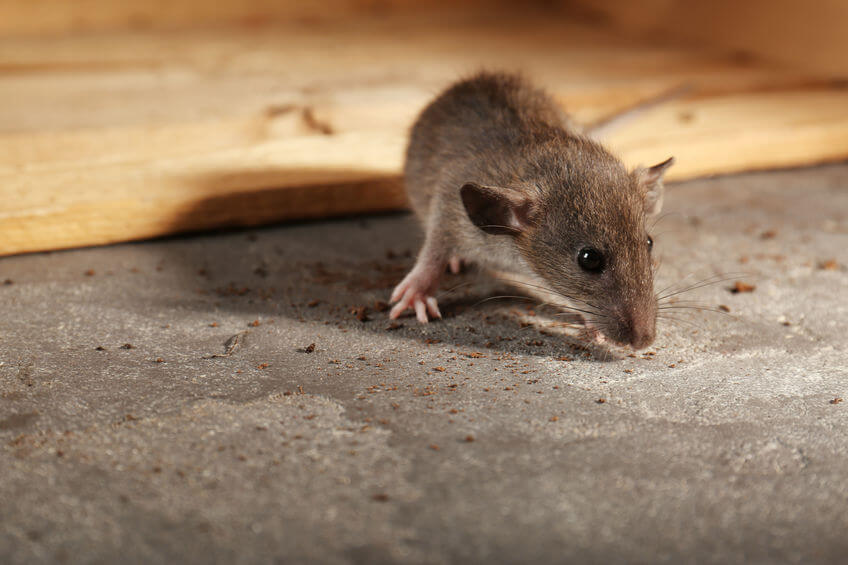While many think pests like rats and mice disappear during the fall, it’s actually quite the opposite. While rodent infestations are common throughout the year, they are particularly troublesome as colder weather arrives and food sources diminish. These stark changes to their environment make homes the ideal spot for them to hide out, especially as we all spend more time at home this year due to the COVID-19 pandemic, resulting in more waste for rodents to feed on.
Rodents are able to transmit more than 35 diseases to humans, posing a serious health threat to you and your family should they find their way indoors. To help keep your family protected this fall, iPest Solutions has identified the following top six tell-tale signs of a rodent infestation:
- Droppings: Finding droppings in the home is one of the most common signs of a rodent infestation. Homeowners often find these where food is stored, such as kitchen cabinets or pantries, as well as under sinks, inside chewed cardboard boxes and along baseboards.
- Gnaw marks: Rodents will chew through almost any type of material to obtain food or water, causing serious damage to a home. Rats are also known to gnaw on wires behind walls, potentially resulting in dangerous house fires.
- Nests: Rodents prefer to hide in dark, secluded areas of the home and will use any materials available to build their nest. If you see items such as paper products or cotton strewn about, it might be a sign of a rodent infestation.
- Tracks or rub marks: As rats follow a trail between their nest and food sources throughout a home, they will often leave dark grease or dirt marks along walls and floorboards.
- Strange noises: Hearing strange noises at night could be attributed to a family of mice scurrying about the house, between the walls and up in attics and crawlspaces.
- An actual rodent: Mice are known to reproduce quickly, as a female house mouse can give birth to a half dozen babies every three weeks or up to 35 young per year. Chances are, if you see one mouse in the house, there are more hidden behind the walls!







